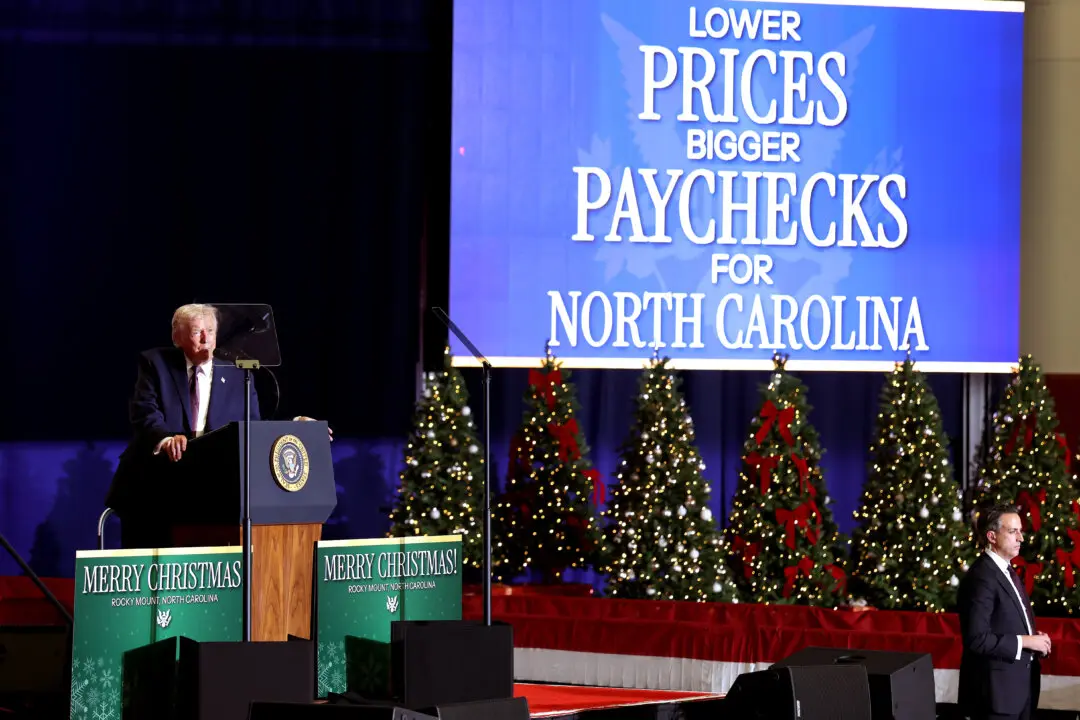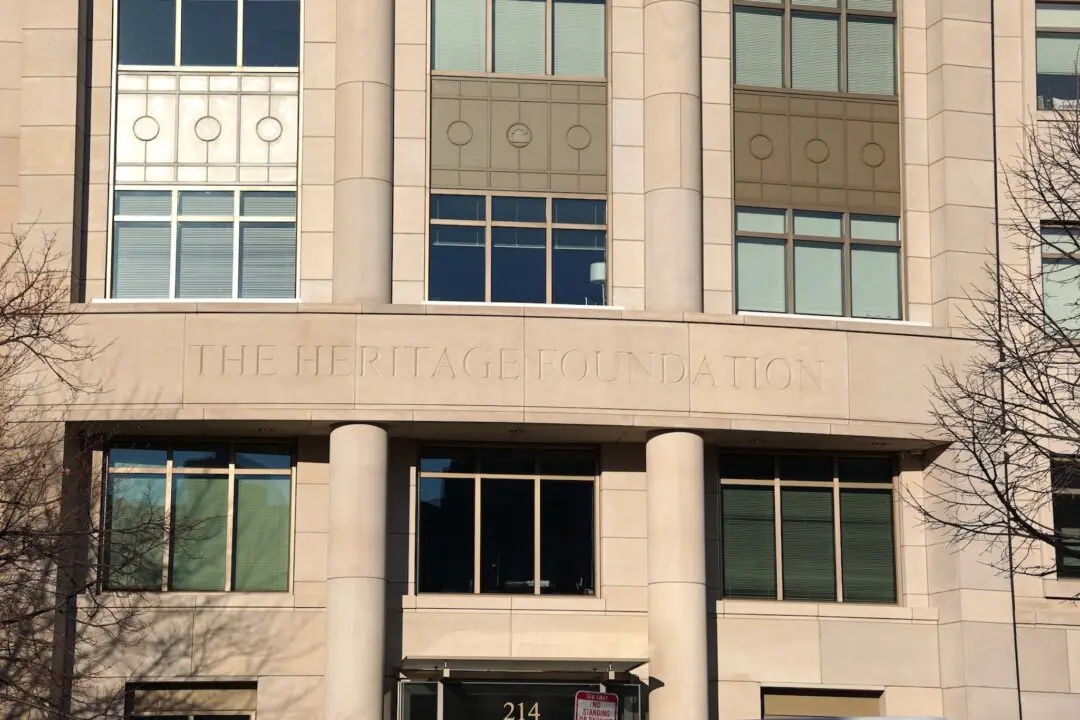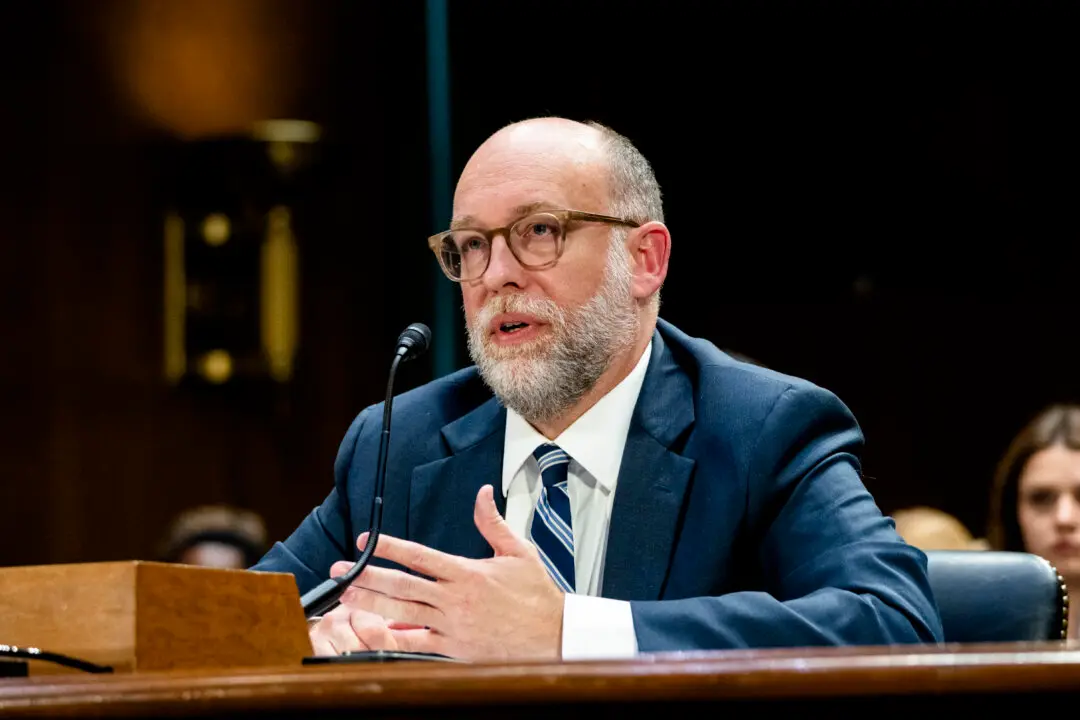WASHINGTON—The United States and Japan may reach a trade deal “fairly quickly” and sign an agreement as early as next month, President Donald Trump said April 26 before his meeting with Japanese Prime Minister Shinzo Abe at the White House.
Trump hosted Abe on April 26 and 27 for a series of bilateral talks, including trade and regional security. The two leaders will meet again at the end of May in Japan.





